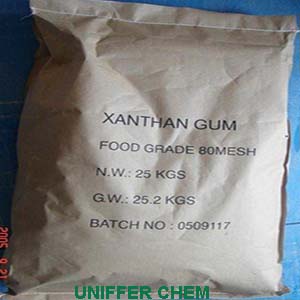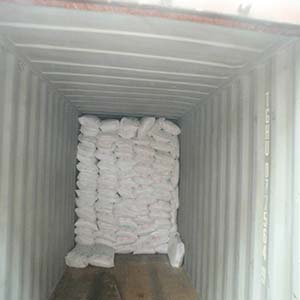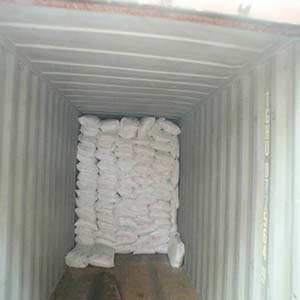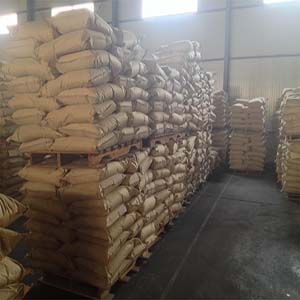Thickeners
Xanthan Gum
- CAS No:11138-66-2
- Package: 25kg/bag
- QC:Haccp,Kosher,Halal,Iso
- Product description: Xanthan Gum(Oil Drilling Grade) Xanthan Gum(Food Grade,200mesh) Xanthan Gum (Food Grade,80mesh
Xanthan Gum is a polysaccharide, derived from the bacterial coat of Xanthomonas campestris, used as a food additive and rheology modifier, commonly used as a food thickening agent (in salad dressings, for example) and a stabilizer (in cosmetic products, for example, to prevent ingredients from separating). It is produced by the fermentation of glucose, sucrose, or lactose by the Xanthomonas campestris bacterium. After a fermentation period, the polysaccharide is precipitated from a growth medium with isopropyl alcohol, dried, and ground into a fine powder. Later, it is added to a liquid medium to form the gum.
| ITEMS | STANDARD |
| Appearance | white or cream-color and free-flowing powder |
| Viscosity: 1% Xanthan Gum in 1% KCl Brookfield, LVTD,spindle 3.60rpm, 25 | 1200 - 1600 mpa.s |
| Assay(on dry basis) | 91.0 - 108.0% |
| Loss on drying(105oC, 2hr) | 6.0 - 12.0% |
| V1 : V2: | 1.02 - 1.45 |
| Pyruvic Acid | 1.5% min |
| PH of 1% solution in water | 6.0 - 8.0 |
| Heavy metals(as Pb) | 20 mg/kg max |
| Lead(Pb) | 5 mg/kg max |
| Arsenic(As) | 2 mg/kg max |
| Nitrogen | 1.5% max |
| Ash | 13% max |
| Particle size | 80 mesh: 100% min, 200 mesh: 92% min |
| Total plate count | 2000/g max |
| Yeasts and moulds | 100/g max |
| Pathogens germs | absence |
| S. aureus | Negative |
| Pseudomonas aeruginosa | Negative |
| Salmonella sp. | Negative |
| C. perfringens | Negative |
PREVIOUS:Sodium Carboxymethyl Cellulose (CMC)
NEXT:Konjac Gum





 Customer service
Customer service